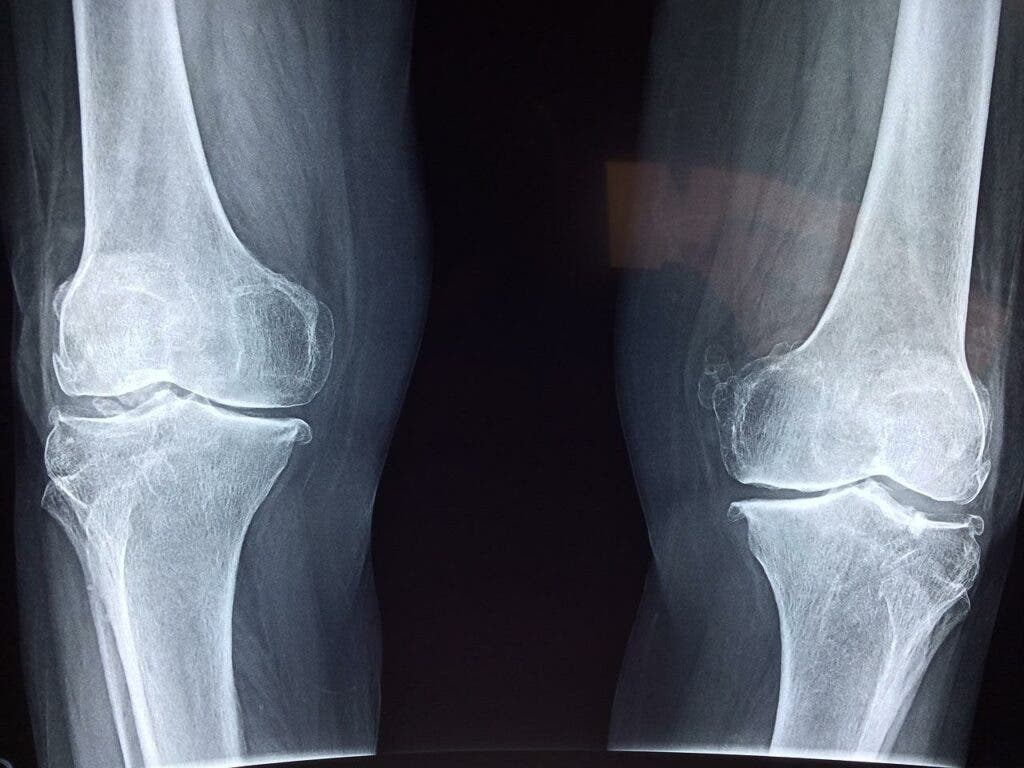Squeaky joints? Researchers at Duke University may soon be able to help with that, as they’ve developed a synthetic cartilage material that is much more durable than its biological equivalent.

Christened the not-very-catchy name of Ormi-CFC, this material does nevertheless have great potential. The team plans for it to serve as the base for advanced implants that could help relieve the pain and mobility constraints caused by damaged knee cartilage. Used this way, the team explains, the material could improve the lives of over 32 million adults suffering from conditions such as osteoarthritis in the US alone.
Knee replacement therapy is a tried and true method of addressing such issues. While effective, it comes with a host of unpleasant side effects including the risks inherent to any surgery and the need to undertake physical rehabilitation after the procedure. But the real issue is that even such interventions will require further replacement, as the materials used in lieu of natural cartilage wear out. By providing an alternative that is much more long-lasting, the team hopes to help countless patients avoid repeating this procedure as much as possible.
Sturdy hydrogel
“[Our aim] is to delay the need for knee replacement,’ says Benjamin Wiley, a chemistry professor at Duke and co-lead author of the paper for Freethink. “By replacing damaged cartilage and inflamed bone, we hope to delay the further degradation of the joint.”
The material is produced from thin sheets of cellulose fibers held together with polyvinyl alcohol to create a hydrogel. Cellulose is one of the most abundant biopolymers on the planet, being the main structural component of wood and other plant tissues. While the polyvinyl alcohol imparts body to the material, to allow it to cushion movements and maintain the health of the bones at the site of the joint, the cellulose gives the material resilience. These fibers hold the hydrogel together, keeping it from breaking apart through the wear and tear produced by the innumerable motions knees go through day after day for years or decades.
This target is meant to make the material more durable against wear and tear due to how debilitating it can be when it wears out. Cartilage is the tough but elastic tissue that gives our noses or tracheas their structure. It also has an important part to play in joints. Here, it acts like a cushion to absorb shocks, keeps the joints well lubricated to protect bones from grinding each other down, and helps to provide structural support to the joints during movement, providing an anchor point for bones to link to tissues like muscles or tendons.
If and when it does wear out, that grinding can produce incredible pain, and the joints degrade over time, severely limiting movement. Cartilage does not recover by itself, as it is not irrigated by blood vessels — so, if it becomes damaged, replacement is the only viable solution.
Sparta Biomedical – a company that the two co-lead authors of the paper have an equity interest in – is currently developing the first implants using this synthetic cartilage.
“This implant is intended for individuals with knee pain, but for whom the damaged area is not so extensive [as] to need a total knee replacement,” Wiley explains. “There is currently no good solution for this group of people.”
While the natural cartilage in each of our knees can bear 5,800 and 8,500 pounds per inch of “tugging and squishing”, the team explains, their goal is to get the hydrogel to be 26% stronger when tugged and 66% stronger when squished. In order to reach these parameters, the team is employing a novel production method for the hydrogel.
Instead of repeatedly freezing and thawing the gel, the current approach used to toughen these materials up as it helps release excess water and strengthen polymer chains, the team took the opposite approach. They heated the material up before letting it slowly cool down in a process called annealing. This approach allows the gel to handle five times as much pulling stress and almost twice the squeezing stress as freeze-thawed gels.
Right now, the team is working on developing a reliable way of making these implants stick to the bone. According to the authors, previous studies have found that hydrogel implants have the tendency to slip, so they are working on attaching it to a titanium base that will be anchored to a hole in the bone.
The implants will also need to be clinically tested to ensure that it is safe to graft into the body as well, before they can be used in implants. Trials for this purpose are expected to start by mid-2023.
The paper “A Synthetic Hydrogel Composite with a Strength and Wear Resistance Greater than Cartilage” has been published in the journal Advanced Functional Materials.


